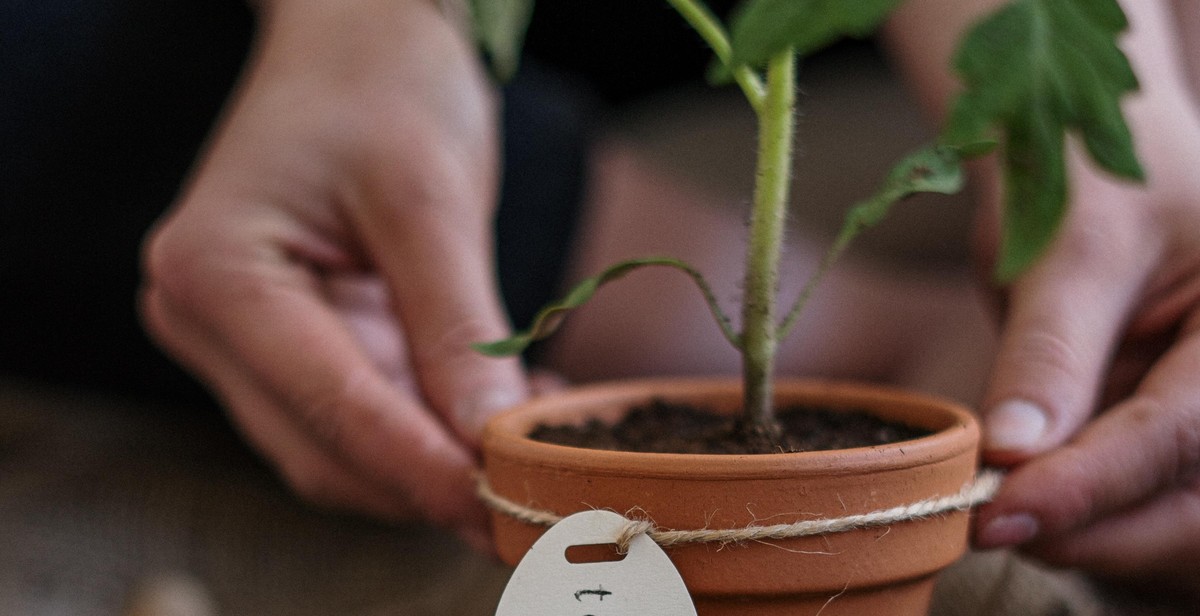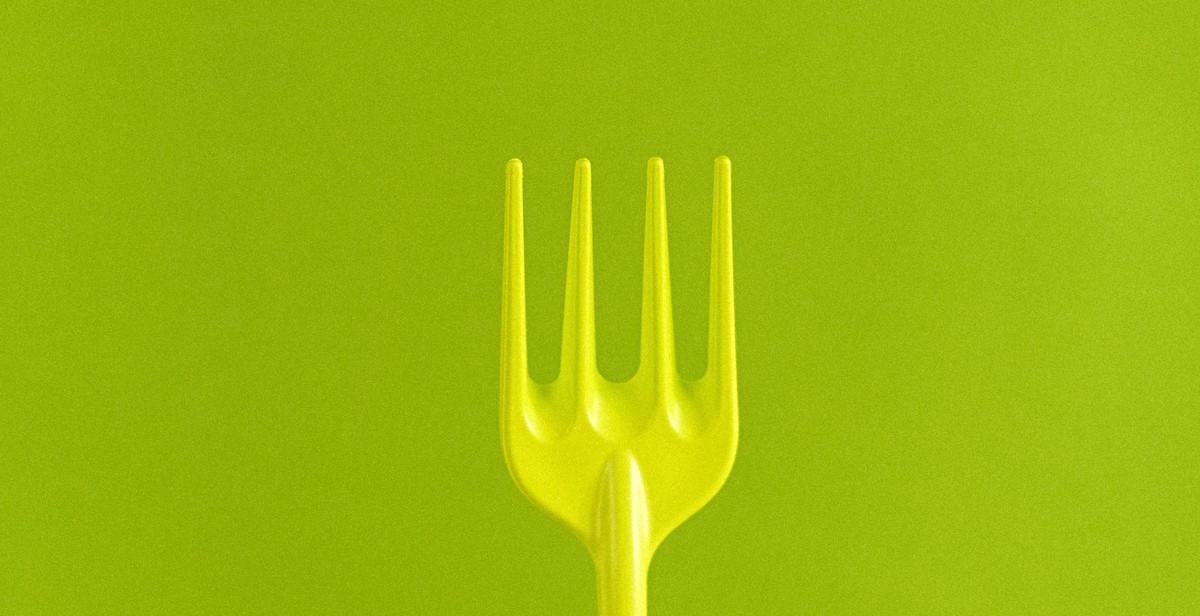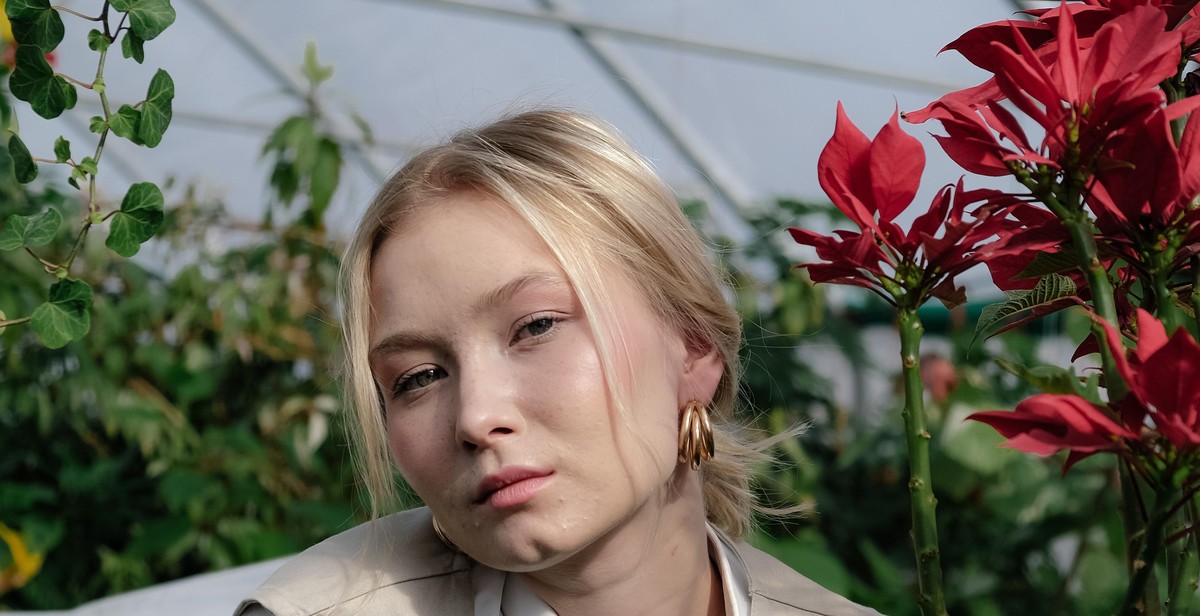How to Start an Indoor Hydroponic Garden for Fresh Produce Year-Round
Hydroponic gardening, also known as soilless gardening, is a method of growing plants without soil. Instead, plants are grown in a nutrient-rich solution that provides all the necessary minerals and nutrients for growth. This method of gardening has become increasingly popular in recent years due to its many benefits.
What is Hydroponic Gardening?
Hydroponic gardening is a method of growing plants in a controlled environment without soil. Instead, plants are grown in a nutrient-rich solution that provides all the necessary minerals and nutrients for growth. This method of gardening has been used for centuries, but it has become increasingly popular in recent years due to its many benefits.
Why Indoor Hydroponic Gardening?
Indoor hydroponic gardening is an excellent way to grow fresh produce year-round, regardless of the weather conditions outside. This method of gardening allows you to control the environment in which your plants grow, ensuring that they receive the perfect amount of light, water, and nutrients. Additionally, indoor hydroponic gardening is much more environmentally friendly than traditional gardening methods, as it requires less water and fertilizer.
If you are interested in starting your own indoor hydroponic garden, this article will provide you with all the information you need to get started. From selecting the right plants to choosing the perfect lighting and nutrient solutions, we will guide you through the entire process.

Step 1: Choose a Growing System
Choosing the right growing system for your indoor hydroponic garden is crucial for the success of your plants and the overall yield. There are several types of hydroponic systems available in the market, and each has its own advantages and disadvantages. Here are four popular systems:
Deep Water Culture (DWC)
DWC is a popular hydroponic system that involves suspending plant roots in a nutrient-rich water solution. The plant roots are kept in net pots or foam collars that float on top of the water. An air pump is used to oxygenate the water, providing the roots with the necessary oxygen for healthy growth. DWC is ideal for growing leafy greens and herbs.
Drip System
The drip system is a type of hydroponic system that involves dripping nutrient solution onto the base of each plant. The nutrient solution is delivered through drip emitters that are connected to a pump. The excess nutrient solution is collected and recycled back into the system. This system is ideal for growing larger plants like tomatoes and cucumbers.
Nutrient Film Technique (NFT)
NFT is a hydroponic system that involves a thin film of nutrient solution flowing over the roots of the plants. The plants are grown in channels that are slightly tilted to allow the nutrient solution to flow from one end to the other. The excess nutrient solution is collected and recycled back into the system. NFT is ideal for growing small plants like lettuce.
Aeroponics
Aeroponics is a hydroponic system that involves suspending plant roots in the air and misting them with nutrient-rich water solution. The nutrient solution is delivered to the roots through misting nozzles, which are connected to a pump. This system provides maximum oxygenation to the roots, resulting in faster growth and higher yields. Aeroponics is ideal for growing a wide range of plants.
| System | Advantages | Disadvantages |
|---|---|---|
| Deep Water Culture (DWC) | Easy to set up and maintain Low cost Ideal for small plants like herbs and leafy greens |
Not suitable for larger plants Prone to algae growth in the water |
| Drip System | Flexible and customizable Ideal for larger plants like tomatoes and cucumbers Low water usage |
Requires frequent monitoring Prone to clogging of drip emitters |
| Nutrient Film Technique (NFT) | Low water usage Ideal for small plants like lettuce Easy to set up and maintain |
Not suitable for larger plants Prone to drying out of the roots |
| Aeroponics | Faster growth and higher yields Maximum oxygenation to the roots Ideal for a wide range of plants |
Expensive to set up and maintain Requires frequent monitoring |
Consider the type of plants you want to grow, the space available, and your budget when choosing a hydroponic system. Once you have chosen a system, you can move on to selecting the right growing medium and nutrients for your indoor hydroponic garden.

Step 2: Select Plants and Seeds
Choosing the right plants and seeds is crucial for a successful indoor hydroponic garden. Not all plants are suitable for hydroponic gardening, and some require specific conditions to thrive. Here are some tips for selecting the best plants and seeds for your hydroponic garden:
Best Plants for Hydroponic Gardening
Some plants are more suitable for hydroponic gardening than others. Here are some of the best plants for hydroponic gardening:
- Lettuce
- Spinach
- Kale
- Tomatoes
- Cucumbers
- Peppers
- Herbs (such as basil, parsley, and mint)
These plants are known to grow well in hydroponic systems and are relatively easy to maintain.
Selecting Seeds
When selecting seeds for your hydroponic garden, it is important to choose high-quality seeds that are suitable for hydroponic gardening. Here are some tips for selecting seeds:
- Choose seeds that are specifically labeled for hydroponic gardening.
- Look for seeds that are disease-resistant and have a high germination rate.
- Consider the growth characteristics of the plant, such as its size and growth rate, to ensure it will fit in your hydroponic system.
It is also important to consider the variety of the plant. Some varieties may be better suited for hydroponic gardening than others, so do your research before selecting seeds.
| Plant | Seed Type | Best Growing Conditions |
|---|---|---|
| Lettuce | Loose-leaf or Butterhead | Cool temperatures, high humidity |
| Tomatoes | Determinate or Indeterminate | Warm temperatures, lots of light |
| Basil | Genovese or Sweet | Warm temperatures, lots of light |
By choosing the right plants and seeds for your hydroponic garden, you can ensure a bountiful harvest of fresh produce year-round.

Step 3: Set Up Your Indoor Garden
Setting up your indoor hydroponic garden is a crucial step towards getting fresh produce year-round. Here are the steps to follow:
Choose a Location
The first step is to choose a suitable location for your indoor garden. Look for a place that receives sufficient natural light or has access to artificial light sources. The area should also have good ventilation to ensure proper air circulation and prevent the growth of mold and mildew. Avoid setting up your garden in a place that is prone to temperature fluctuations or has high humidity levels.
Assemble Your Growing System
Once you have identified a suitable location, assemble your hydroponic growing system. You can choose from various types of hydroponic systems, such as deep water culture, nutrient film technique, ebb and flow, and aeroponics. Ensure that you have all the necessary components, such as a reservoir, growing medium, pumps, and tubing, to set up your system correctly.
Add Nutrients and Water
After assembling your hydroponic system, fill the reservoir with water and add the appropriate nutrients. Choose a nutrient solution that is suitable for the plants you want to grow and follow the manufacturer’s instructions for mixing the solution. Monitor the pH levels of your nutrient solution and adjust them accordingly to ensure optimal plant growth.
Install Grow Lights
If you are growing plants in an area with insufficient natural light, you will need to install grow lights. LED grow lights are a popular option as they are energy-efficient and emit a full spectrum of light that promotes plant growth. Hang the grow lights above your plants, ensuring that they are at the correct distance to prevent burning or stunting the growth of your plants.
With these steps, you are now ready to start growing your fresh produce year-round. Remember to monitor your plants regularly and adjust the nutrient solution and lighting as necessary to ensure optimal growth and yield.

Step 4: Maintain Your Garden
Starting an indoor hydroponic garden is only half the battle. Maintaining it is equally important to ensure that your plants grow healthy and produce fresh, nutrient-rich produce year-round. Here are some tips to help you maintain your garden:
Regularly Check Water and Nutrient Levels
One of the most important things to keep in mind when maintaining an indoor hydroponic garden is to regularly check the water and nutrient levels. Plants in a hydroponic system rely on the water and nutrient solution to grow and thrive. As such, it’s important to ensure that the water and nutrient levels are at the right levels for your plants.
You can check the water and nutrient levels by using a TDS meter and pH meter. A TDS meter measures the total dissolved solids in the water, while a pH meter measures the acidity or alkalinity of the water. Keep the TDS levels between 500-800 ppm and the pH levels between 5.5-6.5.
Monitor pH Levels
Monitoring the pH levels is crucial to the success of your indoor hydroponic garden. If the pH levels are too high or too low, it can affect the uptake of nutrients by your plants. To maintain the pH levels, you can use pH up or pH down solutions to adjust the levels as needed.
Prune and Harvest Your Plants
Pruning and harvesting your plants is essential to keep them healthy and productive. Regular pruning helps to promote new growth and prevents overcrowding, which can lead to disease and pest infestations. Harvesting your plants regularly ensures that they continue to produce fresh, nutrient-rich produce.
When pruning your plants, use clean, sharp scissors or pruning shears to avoid damaging the plant. When harvesting your plants, be sure to pick them at the right time to ensure that they are at their peak ripeness.
By following these tips, you can maintain a healthy and productive indoor hydroponic garden that produces fresh, nutrient-rich produce year-round.

Conclusion
Indoor hydroponic gardening is a sustainable and convenient way to grow fresh produce year-round. By eliminating the need for soil and allowing plants to grow in nutrient-rich water, hydroponic gardening provides a controlled environment that maximizes growth and minimizes pests and diseases.
There are numerous benefits to indoor hydroponic gardening, including increased yield, reduced water usage, and the ability to grow a variety of plants in a small space. Additionally, hydroponic gardening is a great way to reduce your carbon footprint and ensure that the food you eat is free from harmful pesticides and chemicals.
Start Your Own Indoor Hydroponic Garden Today
Starting your own indoor hydroponic garden is easy and affordable. With a little bit of research and some basic equipment, you can grow fresh produce in the comfort of your own home.
Remember to choose a suitable location for your garden, invest in high-quality equipment, and select the right plants for your space and climate. With a little bit of patience and dedication, you can enjoy the benefits of indoor hydroponic gardening and have fresh produce available year-round.
So why wait? Start your own indoor hydroponic garden today and enjoy the taste of fresh, home-grown produce!
